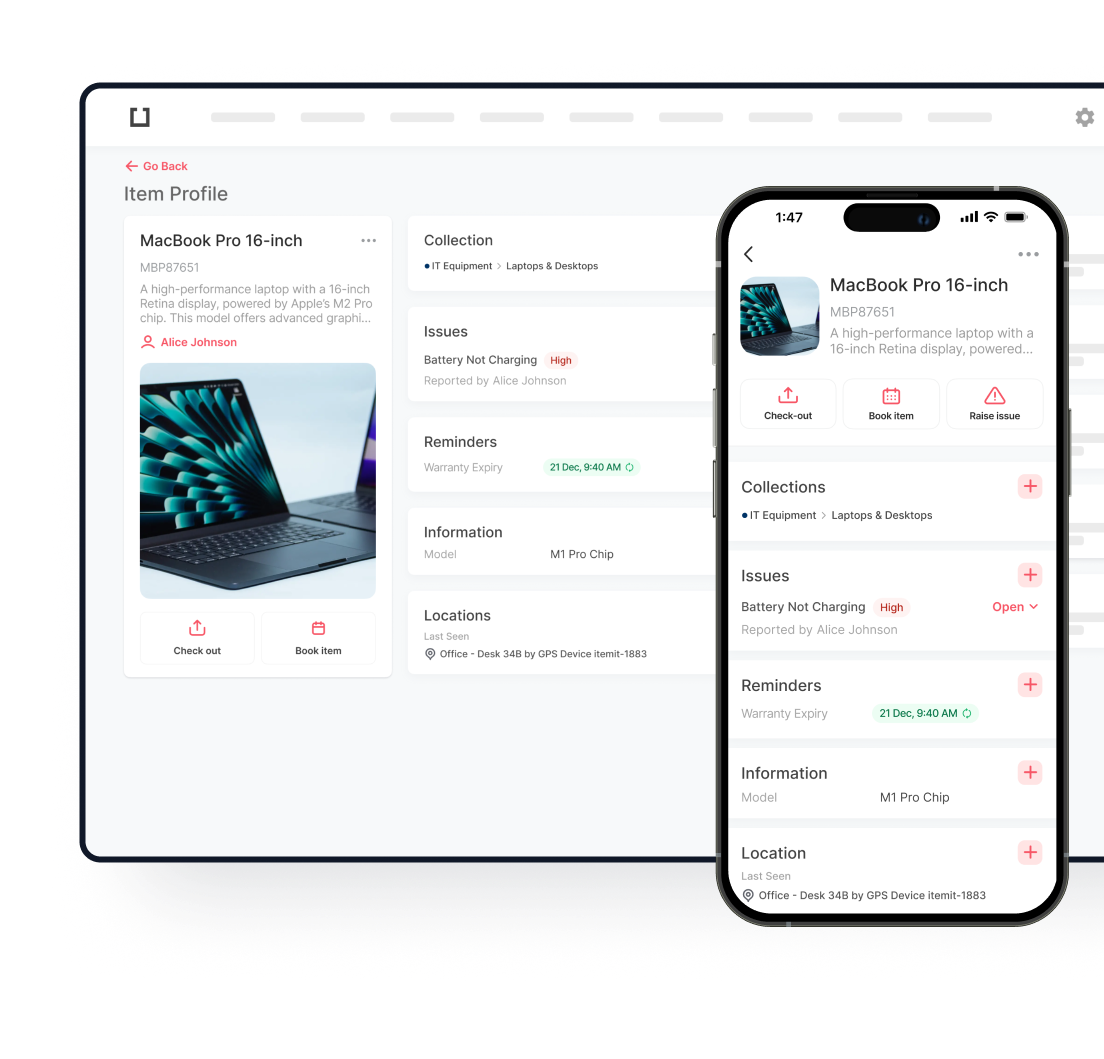Cloud-based asset tracking software saves you time and money by allowing you to share your asset management operations and speed them up.
Usually, the responsibilities related to asset tracking fall on a small number of people in a company, especially if a spreadsheet is in use. Cloud asset tracking fixes this, allowing for a more automated asset tracking experience.
Not only this but cloud-based asset tracking also:
- Saves you time
- Saves you money
- Helps you lose fewer assets
- Helps you track asset usage information
- Helps you track asset locations
- Speeds up maintenance
- Gives you a clear view of what you own
What Is Cloud Asset Tracking?
Cloud-based asset tracking is the use of an asset management system with cloud connectivity. What this means is that any updates, no matter where they are, update in real-time.
If you’re using a spreadsheet, you’ll know that the usual set of operations involve noting something down to change in your fixed asset register later on.
With cloud-based asset tracking, you’ll be able to use an app and web portal simultaneously. This means that any changes you make onsite while you have your assets in front of you are updates across the board for all relevant parties to see.
The benefit of this is clear, as the real-time nature of changes means that everyone stays in the loop. For example, if you’re checking out equipment, once it’s checked out this change will be instantly visible for all to see.
The Benefits Of Cloud-Based Asset Management
Being able to interact with, update, and log anything asset-related on the fly means that your data doesn’t become out of date, too.
Any issues can be logged with ease, and the moment they’re logged your maintenance team will receive a notification telling them which asset has an issue, what the issue is, and where the asset is.
This is also why it’s important to get a shareable, scalable asset management solution. If your asset tracking software can be shared between colleagues, it means that everyone can contribute to your asset tracking success.
Any changes an asset undergoes, any interaction with it, or any data that needs to be known can be logged quickly and by multiple parties, saving you a lot of time and a lot of money.
Further Automation With Asset Tags
Asset tags contribute greatly to these automation benefits. You can automate your operations more and minimise the need for asset discovery on your systems as all you need to do is scan an asset’s tag to reach its unique profile.
Once you’re in an asset’s profile you will be able to add issues, check assets out, update information, and more! Every scan of an asset’s tag also updates the asset’s last seen location and logs the time of the scan and the user who scanned the asset.
All of these updates are automatically logged into a customisable and exportable fixed asset register, too, giving you everything you need for a successful set of asset tracking operations.
To find out more about how itemit’s cloud asset tracking system can save you time and money, you’ll be able to contact the team at team@itemit.com. You can also fill in the form below to start your 14-day free trial.

Try itemit
Choose a better way to track your assets. Start your free 14-day trial now!

Keep Learning
itemit Blog
Tips, guides, industry best practices, and news.
Why Facilities Management And Asset Tracking Go Hand-In-Hand
Why and how do facilities management and your new asset register format work well together? Read this post now to find out!
Use Real-Time Tracking For Your Business: Here’s Why
Want to know why and how to use real-time tracking for your business? Read this article now to find out how equipment tracking tags can help!
How To Use Mobile Asset Tracking In The Field
Wish to learn all about mobile asset tracking and how to use it in the field? Read this post now to find out how easy it is when you use the right software!
